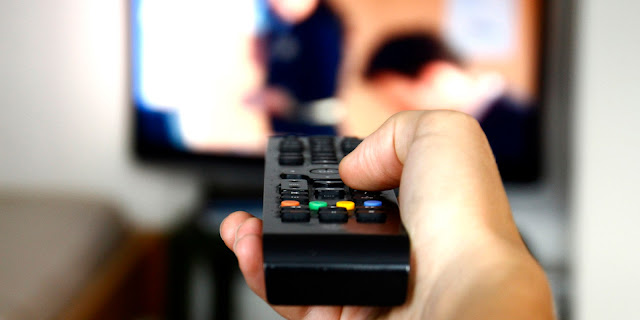Description :
Buying a new TV can be a lot more complicated than it used to be. With options including HD, plasma, LCD, and a large range of different specs in the term of pixels and Hz, it can be difficult to decide which TV is worth buying and which is just hyped up with fancy terminology.
Because you are spending your valuable money and possibly taking out some in store finance to purchase a TV, it’s important to choose one that works best for you.
Choosing a Size
Size is important and for most of us; after all, bigger is better. Important considerations include that there is a limit between a ‘good size’ and a ‘good price’. As a general rule, usually any TV over a certain size will be more expensive and for most, that size is 42-55 inches. A 42” TV is actually one of the best budget TV sizes, especially considering that most are only a few hundred above 36” TVs while a 62” might be several thousand pounds in comparison. Budget verses Size is a crucial thing to consider so take your time and shop around to see what is the biggest size you can get for a reasonable price. If you settle on a bigger TV then you could always choose to apply for cash loans to help pay for the television.
What do all of those Quality Terms Mean Anyway?
Pixel ratio, video processing, what do all of those terms mean anyway? For most of us, bigger numbers can confuse us into thinking that we’re getting a better TV, but for the most part, a lot of it is really just hype. The standard HDTV TV only has about 40 pixels per square inch which is about 8 times lower than your average iPhone screen which is retina display. In this light, HD quality might actually be a little lower than you think anyway. New 4K TVs are already coming out but these usually only have about 160 pixels per inch. Terms such as 120Hz and 240Hz refer to video processing while terms such as 1080i and 720p refer to display resolution and maximum light output. Usually these factors are actually less important than simply calibrating your TV correctly to display well in your light conditions.
Plasma verses LED verses LCD
There are multiple types of TVs but Plasma, LED and LCD are the three most common. Most experts recommend plasma as the most consistent quality TV in a room without a lot of sunlight, mostly because plasma provides the best contrast and screen uniformity. LED screens are best when paired with local dimming, and LCD screens can be extremely good as well so long as the colour saturation is correct.
Options
From 3D to smart TV, most televisions today are a lot more complicated than their predecessors. A smart TV can usually be connected to the internet, can often be used to play games and can be used to answer email or even log onto your social networks. Anyone with a game station probably has all of these features already, so it might not be necessary to purchase a smart TV. Many TVs now come with built in smart apps so you might not have the option to purchase an old fashioned TV without these options. 3D is usually vastly overrated, mostly because most people don’t actually use the 3D feature. Watching 3D requires you to purchase 3D movies and wear 3D glasses, so this can be a hassle that most people would rather do without. However, a 3D TV will play normal movies so it won’t limit your access to the television you love.
*by andreascy*















